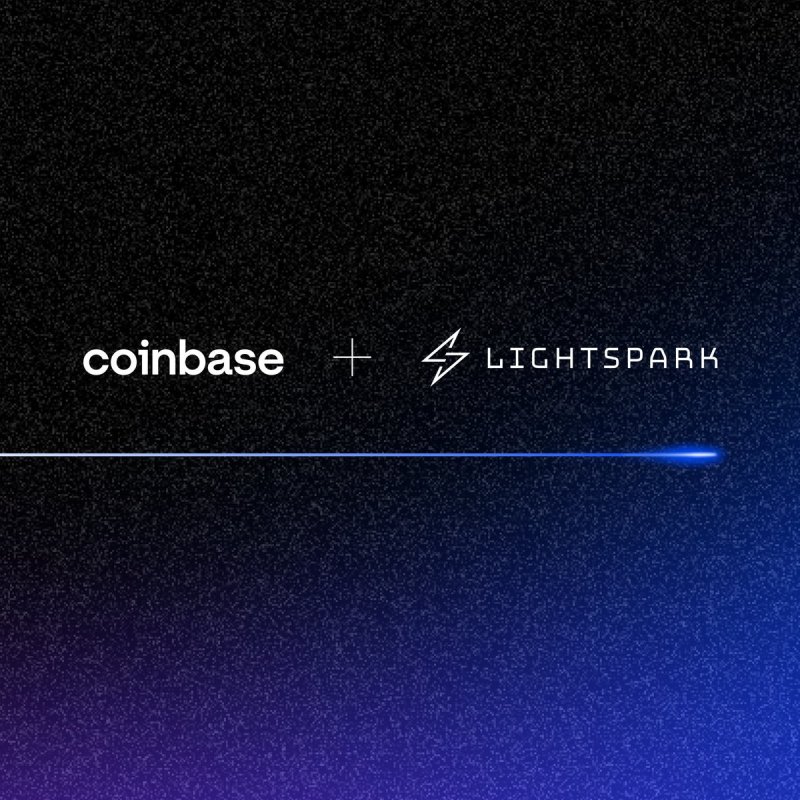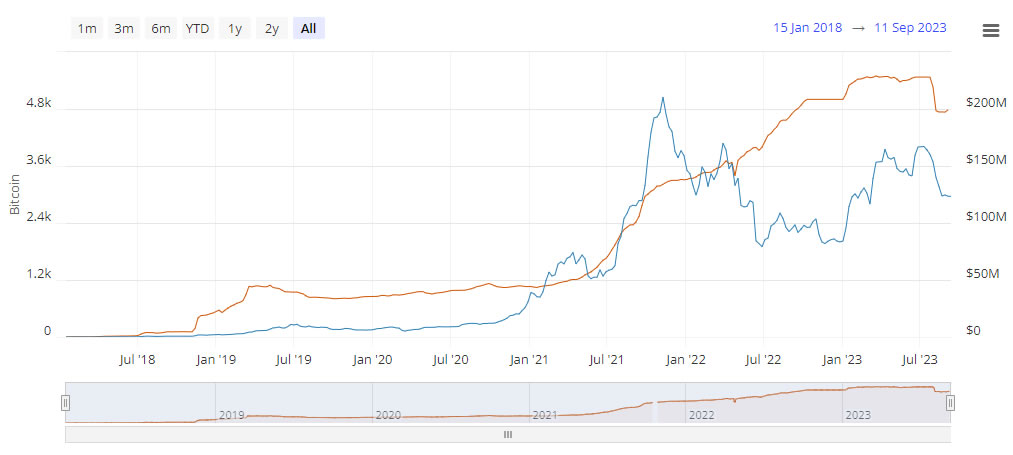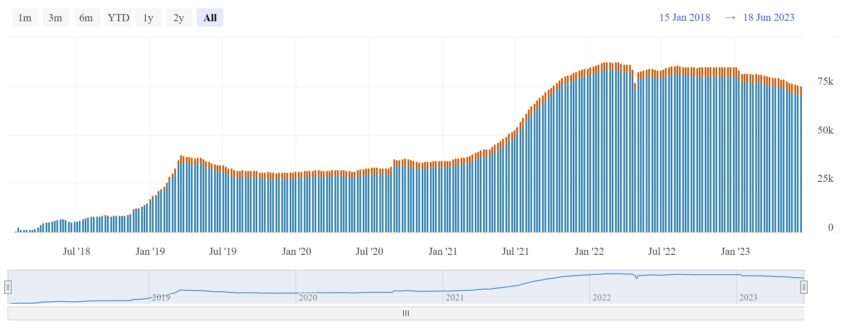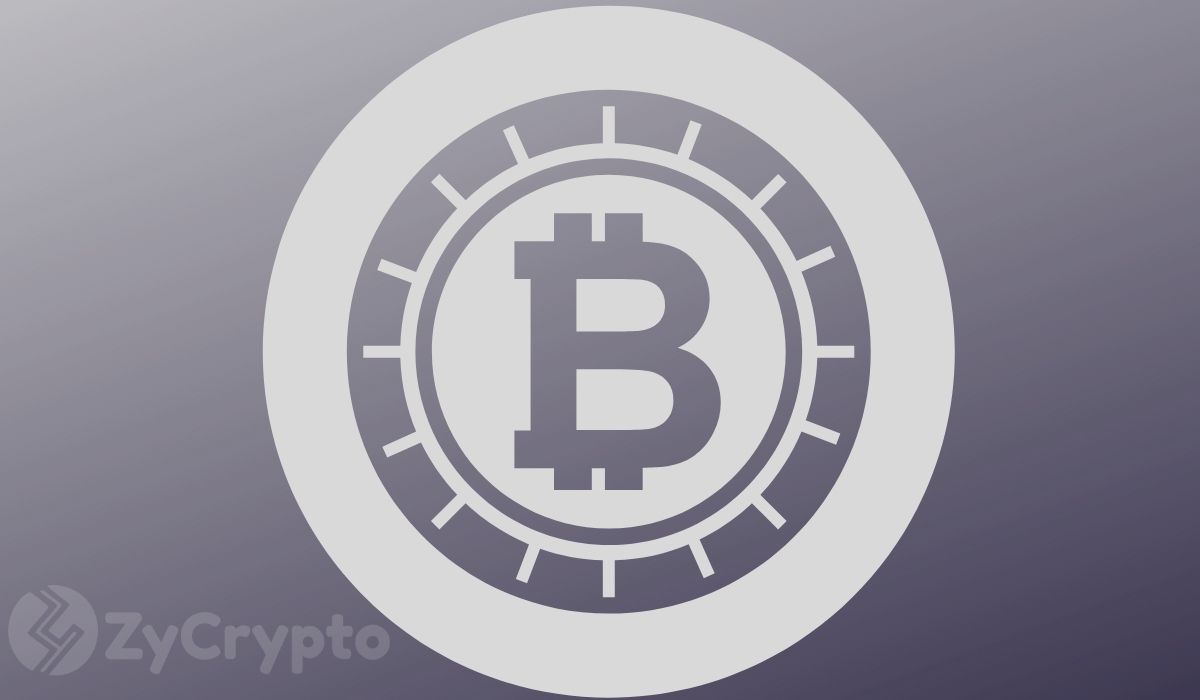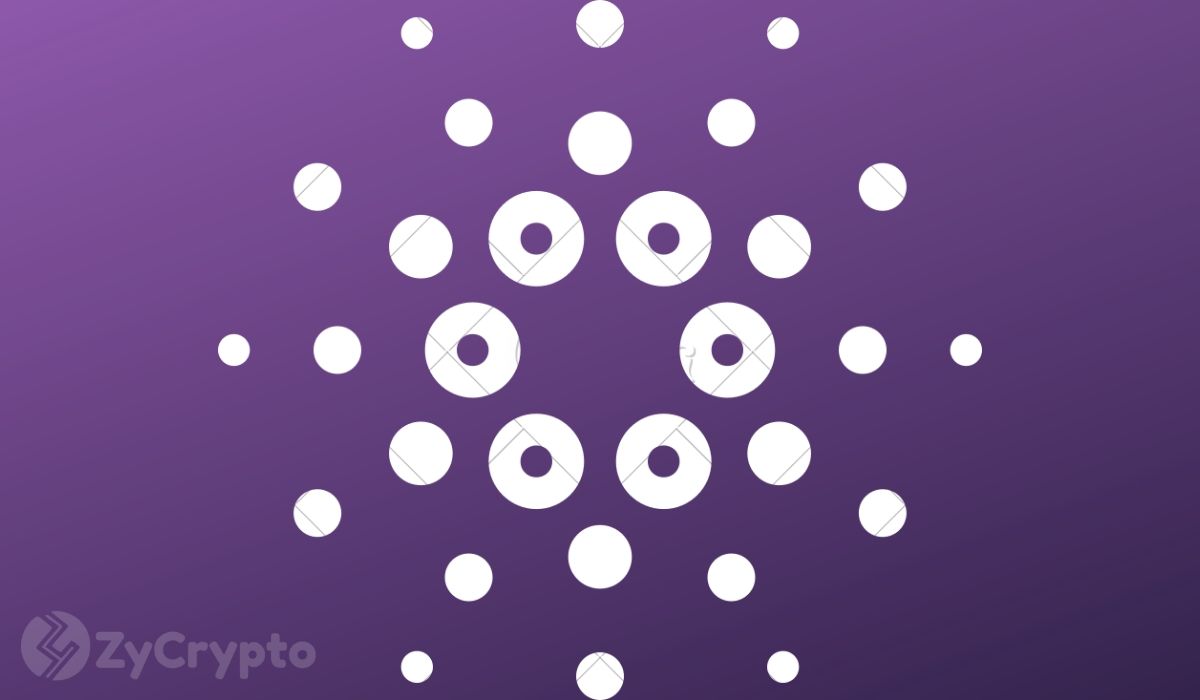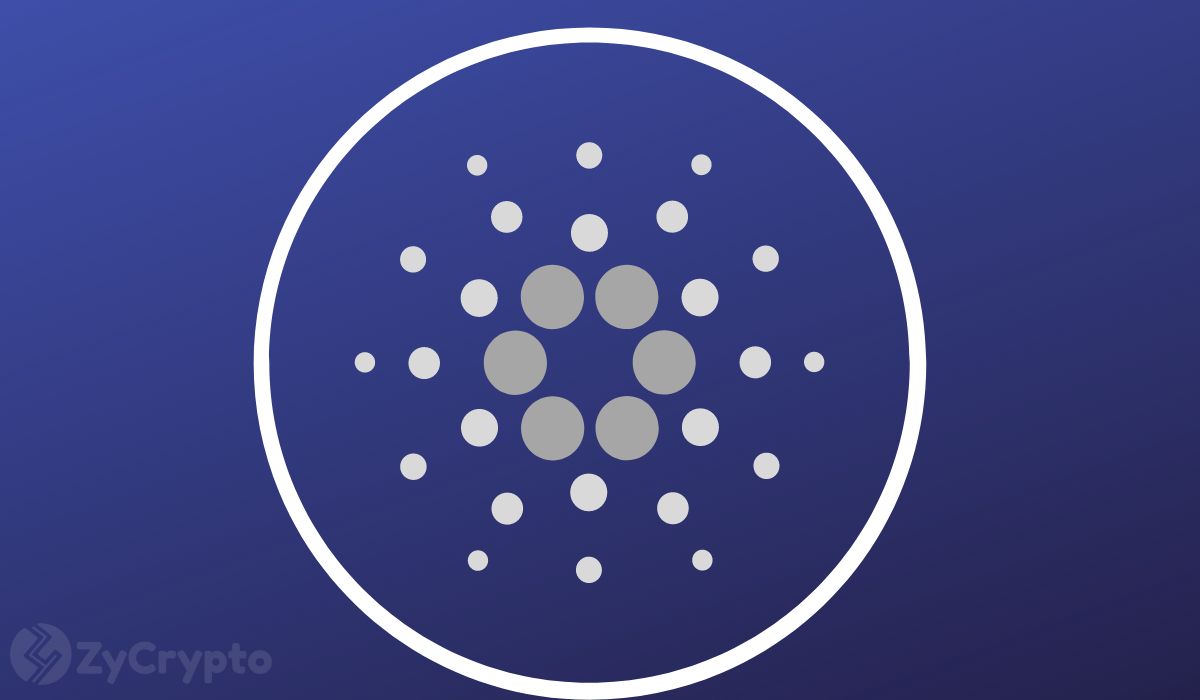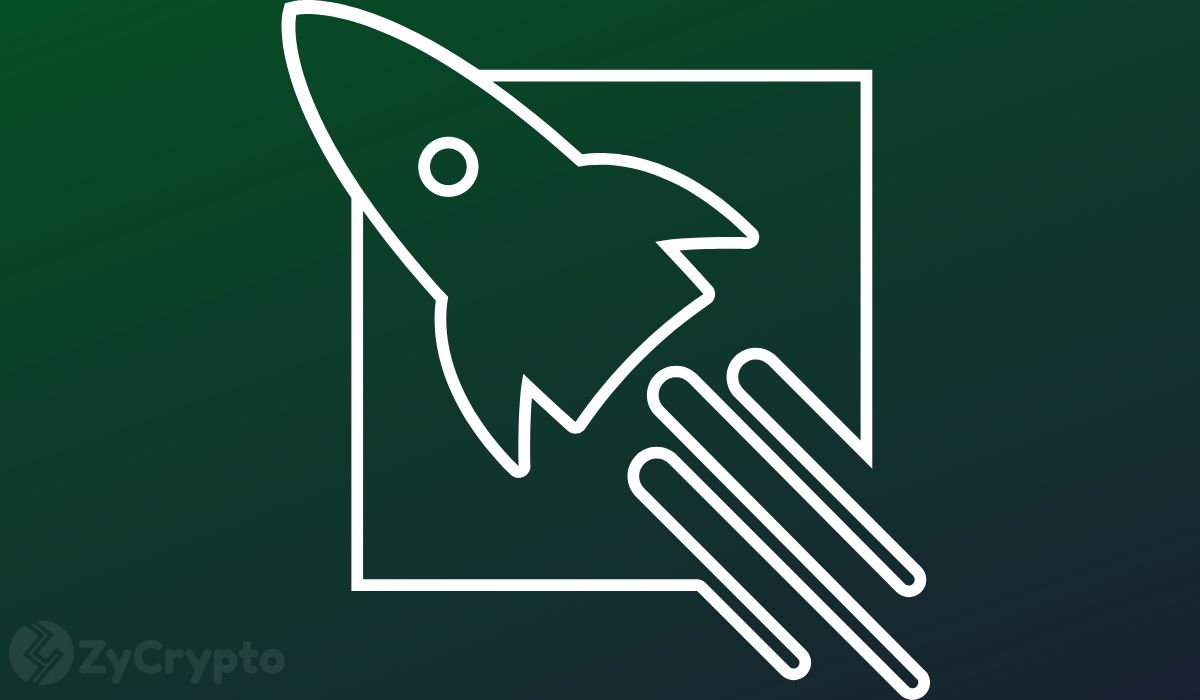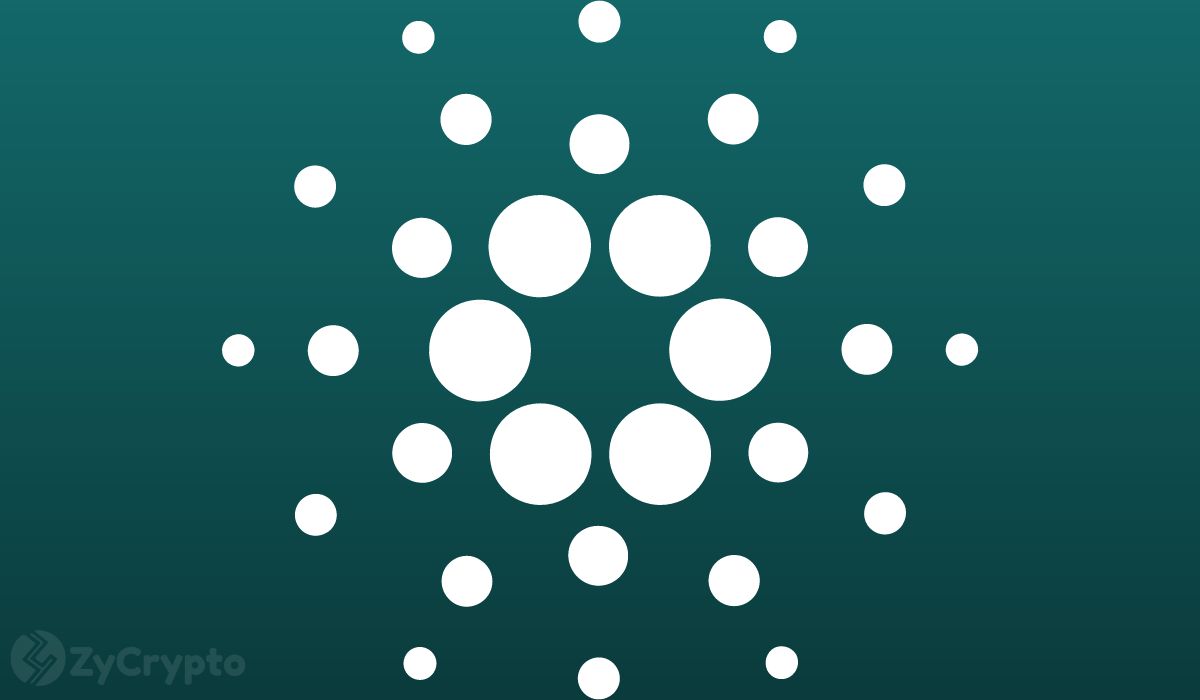2018-8-16 19:13 |
The Lightning Network, a Bitcoin scaling solution which has long been denounced as too inactive to actually drive down Bitcoin transaction fees, is reportedly benefiting some of its users. The network allows Bitcoin transactions to take place off-chain, which reduces congestion on Bitcoin’s main blockchain. This should, in turn, make transactions faster and cheaper, but apart from a few adopters, it hasn’t really caught on.
How Bitcoin’s Lightning Network WorksUnlike sidechains, which are blockchains of their own, Lightning relies on peers to create direct payment channels between each other. Others can also “hop” onto those channels in order to send a payment. The fewer channels there are on Lightning, the more hops a payment will need to reach its destination, and each hop involves a transaction fee.
Since all platforms start out without any users, the inefficiency arising from a lack of channels and nodes has prevented Lightning from gaining a critical mass of users.
Suggested Reading: Learn more about Bitcoin here, in our comprehensive beginner’s guide.
Who’s Benefiting?However, a new report indicates that Lightning is beginning to become more attractive to node operators. According to Coindesk, “the average fee on the lightning network clocks in at about one satoshi, worth a fraction of a cent, per hop.” This fee goes to the node operator.
Until now, such rewards were miniscule, but a new feature allows node operators to adjust their fees. This freedom may create competition and create more prominent and reliable nodes. The goal is for fees to stay low for individuals, but add up for node operators.
Will It Work?Ultimately, if Lightning becomes widespread, it could become an alternative way of earning Bitcoin, as opposed to mining and trading. Alex Bosworth, the creator of the Lightning Network, says:
“I think for many people…the satoshis earned for providing routing will be among the first BTC they ever earn… I’ve had multiple situations even within the Bitcoin economy where I couldn’t get paid BTC. The earning niche may be found in P2P.”
Right now, there are around 3000 Lightning nodes. Although that doesn’t sound like much, those nodes create 11,000 channels with a total capacity to send 84 BTC—over half a million dollars.
There are, of course, issues: It is still notoriously difficult to set up a Lightning node. Additionally, all peers involved in a transaction must be online and must hold enough Bitcoin to carry out the transaction. The result is a lot of controversy about how many Lightning Network transactions are successful.
The post Bitcoin Lightning Network Updated to be More Worthwhile For Node Operators appeared first on UNHASHED.
origin »Bitcoin (BTC) на Currencies.ru
|
|


